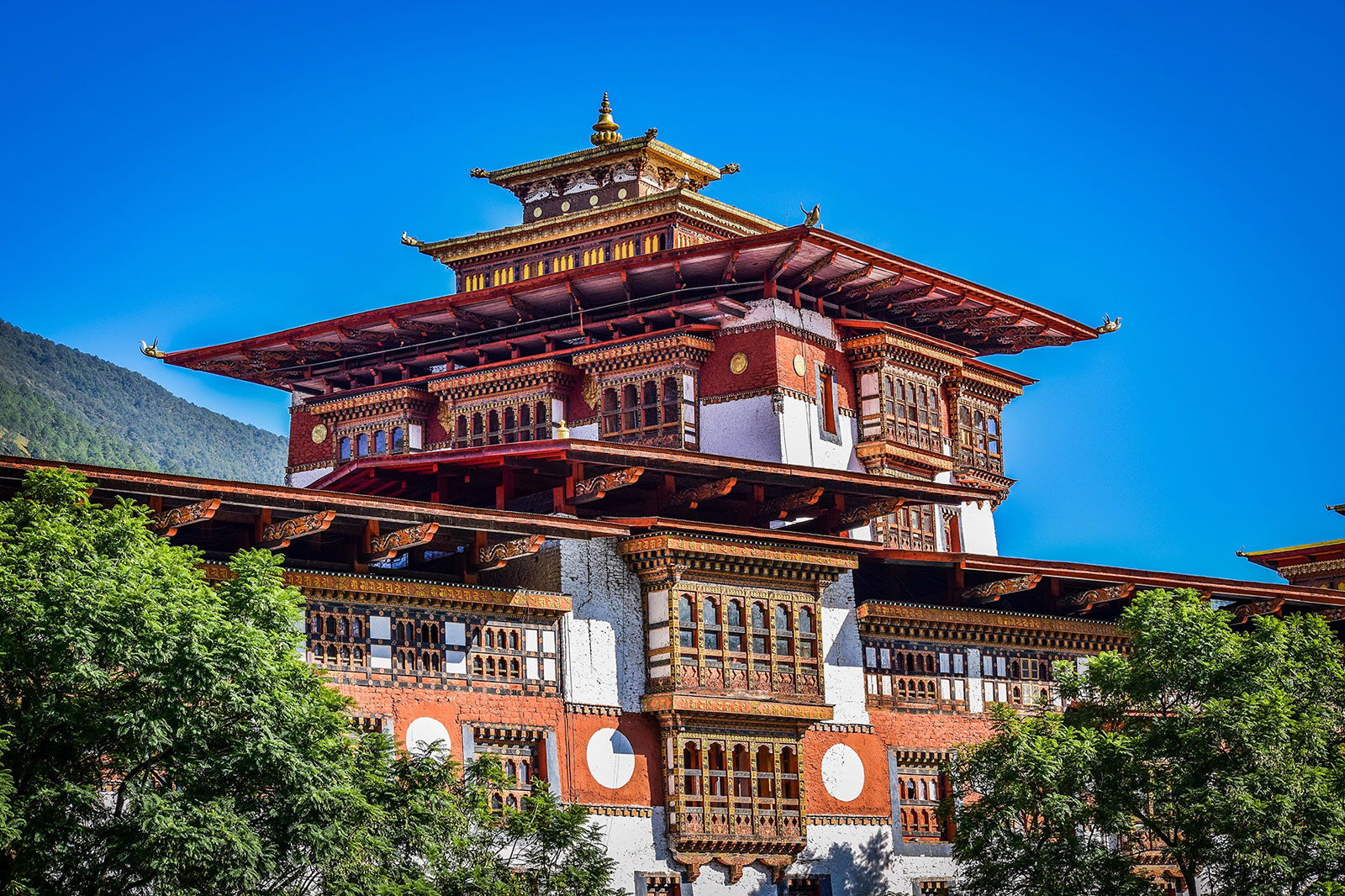In future in case if Bhutan disappear from the faces of the earth because of the climate change. Then it’s true that Bhutan also falls in the 100 places to be remembered on the earth before they disappear from the faces of the earth. A new book ‘100 places to remember before they disappear’ written by Co+Life also features Bhutan as one of them.
The book lists some of the places that could disappear or radically change according to the climatologist’s prediction. The book also features 100 photographs from hundred places around the world that are in risk of disappearing or are seriously threatened by climate change.
These pictures of places, taken by some of the world’s best photographers, are based on reports from the UN’s Intergovernmental Panel on Climate Change (IPCC).
“With this project we wish to raise awareness on global climate changes. We want to reach the widest range of people, and communicate this message in the most beautiful way,” states the book’s website.
“Publisher Gaute Hogh uses the power of photographs to illustrate that climate change should not be a political football: Many cultures, places and species are now threatened by our failure to effectively address climate change,” writes American environment activist and lawyer, Linda McClure about the book.
The most significant impact of climate change in Bhutan is the formation of supra-glacial lakes due to the accelerated retreat of glaciers with increasing temperatures. The result is that glaciers in Bhutan are receding at a rate of 30-60 meters per decade.
“Our findings indicate that 20 glacial lakes in Nepal and 24 in Bhutan have become potentially dangerous as a result of climate change, ” says Surendra Shrestha, Regional Coordinator in Asia for UNEP’s Division of Early Warning and Assessment.
Karma Chhopel, in his international workshop presentation on Flash Floods and Debris Flows due to Glacial Lake Outburst Floods, mentioned that GLOFs occur with regularity in the valleys and low lying river plains of Bhutan. He also mentioned that the main concern is that when the carrying capacity of the lakes reaches its highest point, loose glacial debris that act as barriers such as dams could fail and lead to flash floods.
One of Bhutan’s most dangerous glacier lakes, Thorthormi Glacier Lake has been artificially lowered by 223 centimeters. The target is to achieve 5 meters by next year. Two subsidiary lakes adjacent to Thorthomi have moreover been lowered by 197 and 271 centimeters and thereby reduced water pressure on the thinning moraine dam between the lakes.









